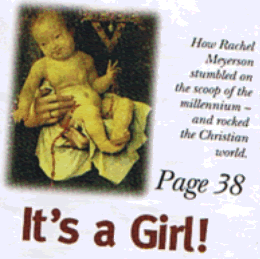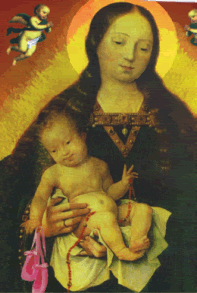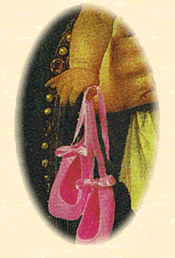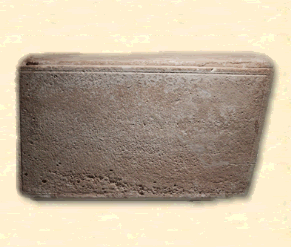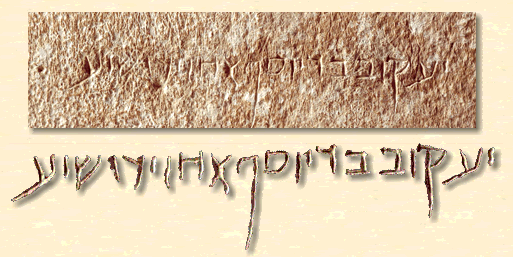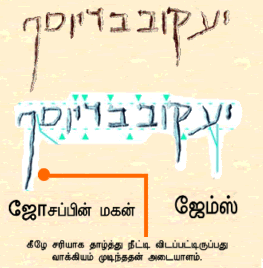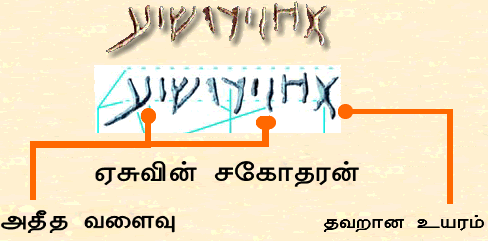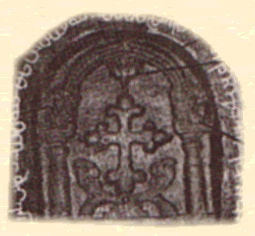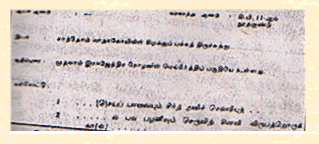ஊடகங்களில் ரஜ்னீஷ் என்று ஒரு ஆய்வு மேற்கொள்ளப்பட்டால் சுவாரசியமாக இருக்கும் என நினைக்கிறேன். 1980களில் ஓஷோ டைம்ஸ் 'ரஜ்னீஷ்' என ஒரு நியூஸ் லெட்டராக
இது வந்த போதே அவர் எங்கள் வட்டாரத்தில் பரிச்சயப்பட்டிருந்தார். இன்னமும் அந்த பழைய பிரதிகள் இருக்கின்றன. அப்போதைய இந்து தரும எதிர்ப்பாளர்களுக்கு ரஜ்னீஷ் சந்திர
மோகன்/ஆச்சார்ய ரஜ்னீஷ்/பகவான் ஸ்ரீ ரஜ்னீஷ்/ஓஷோ இந்து தருமத்தை சாட நல்ல வாய்ப்பாக இருந்தார். ராணி முதல் ப்ரண்ட்லைன் வரை இந்த தாக்குதல் நடந்தது. துக்ளக்
சோ ரஜ்னீஷை 'மோசடி ஆசாமி' என்றார். குமுதம் அரசு கேள்வி-பதில்களில் ரஜ்னீஷ் மொழிகளும் அவரது கதைகளும் சில சமயங்களில் பெயர் சொல்லியும் சொல்லாமலும்
பயன்படுத்தப்பட்டன. அதே நேரத்தில் அவரை கிண்டலாக நினைவூட்டும் விதத்தில் 'ஆச்சார்ய பூனேஷ்' என்கிற 'போலி சாமியார்' வைத்து ஒரு சித்திர கதையும் வெளியிட குமுதம் மறக்கவில்லை. இல்-லஸ்ட்-ரேட்டட் வீக்லி அவரது கம்யூன் நிர்வாண படங்களை தேடிப்பிடித்து போட்டது. 1980களில் வெளிவந்த 'சயின்ஸ் இன் யுஎஸ்எஸார்' எனும் சோவியத் பத்திரிகை எழுதியது: சி.ஐ.ஏ கையாளாக விளங்கி பின்னால் சி.ஐ.ஏயால் வெளித்தள்ளப்பட்ட ரஜ்னீஷின் நூல்களுக்கு டெல்லி நூல் கண்காட்சியில் எவ்வித ஈர்ப்பும் இல்லை.
எங்கள் வீட்டு வரவேற்பறையில் ஓஷோ (அப்போது பகவான் ரஜ்னீஷ்) படம் இருந்தது என் நண்பர்கள் மத்தியில் பெரும் ஸ்காண்டலாக பேசப்பட்டது (செக்ஸ் சாமியார் படத்தை அவுங்க வீட்ல வச்சுருக்காங்கடா). ஆனால் ரஜ்னீஷ் தாத்தா இப்போது அமைப்பு அங்கீகாரம் பெற்றுவிட்டார். காலம்தான் எப்படி மாறுகிறது!பின்னால் கோவை ஞானி ஓஷோவின் ஈர்ப்பு சக்தியில் மார்க்சியத்தின் உள்ளொளி இருப்பது போல எழுதுகிற ஒரு காலம் வரும் என 1980களில் என்னிடம் யாராவது சொன்னால் நம்பியிருப்பேனா? அல்லது நோன்பு கஞ்சிக்கும் மதவாக்கு வங்கிக்கும் கையேந்தும் மு.க தனது மஞ்சள் துண்டு பகுத்தறிவுக்கு ஓஷோவை துணைக்கு அழைப்பார் என்றால்? இது குறித்து விரிவாக பின்னால் எப்போதாவது! அமெரிக்காவை அந்த கிழி-கிழித்தவர் பெயரில் வரும் டைம்ஸின் பின்னட்டையில் கொக்கோகோலா விளம்பரம்! 'பழைய நினைப்புடா பேராண்டி' என எங்கோ போய்விட்டேனா சரி விஷயத்துக்கு வருகிறேன்.

